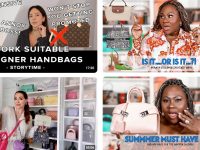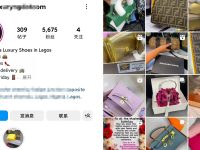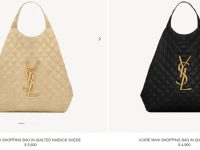From Add-to-Cart to Conversion: Why Your Designer-Inspired Store Still Isn’t Getting Orders
Running a niche cross-border eCommerce site selling designer-inspired products isn’t just about putting up attractive ads and hoping for orders. Every morning, I spend two hours sorting out company operations, then dive into the three old classics of this business: ads, tech maintenance, and chasing conversions.
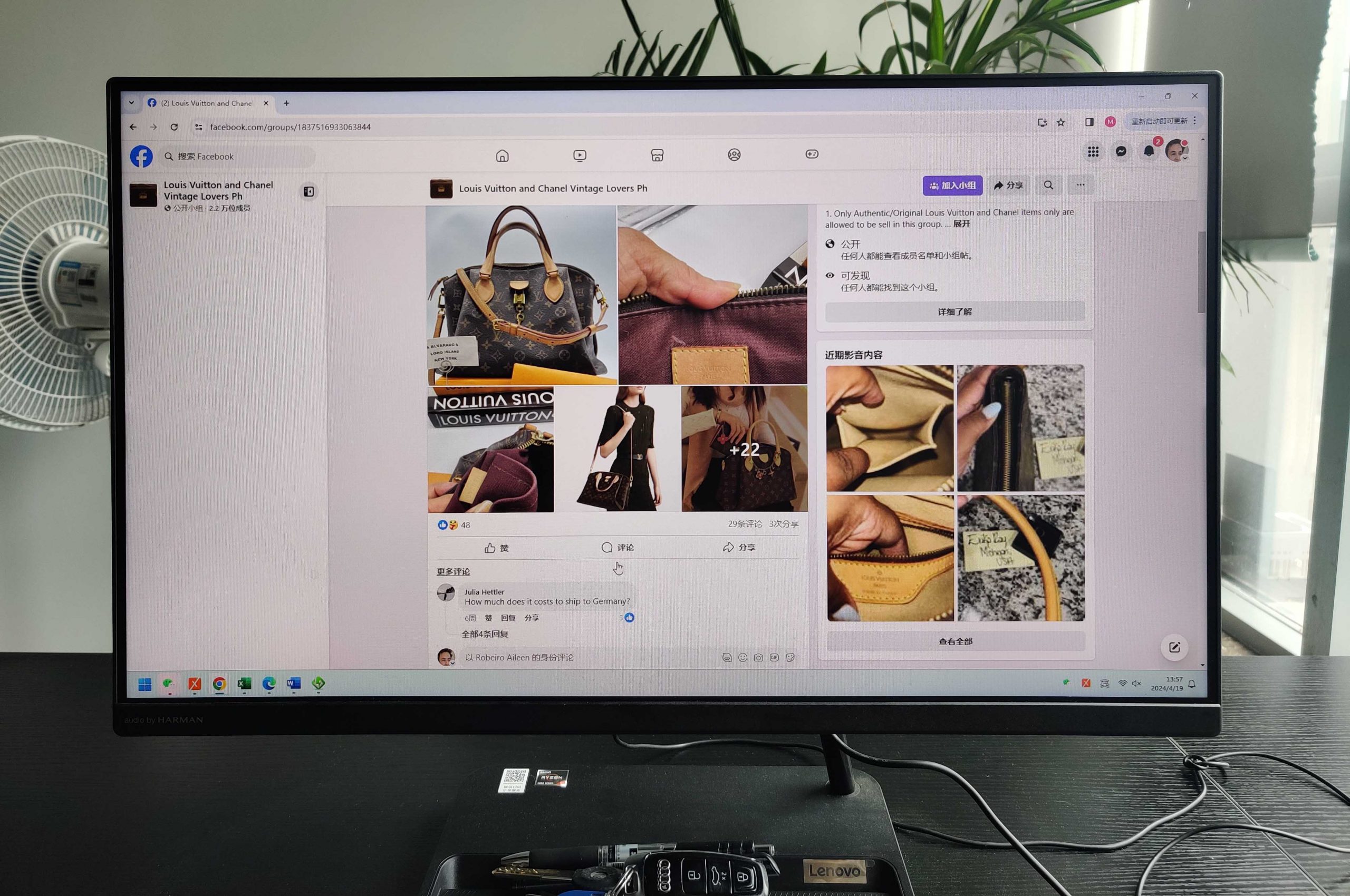
Lately, many peers have asked me the same question:
“My add-to-cart numbers look great, but I still get no orders. What’s wrong?”

Let’s be real — add-to-cart does NOT equal success. It’s just the beginning.
If you’re dazzled by vanity metrics, you’ll miss the root cause of your low ROI. So let’s cut the fluff and get straight to the point.
Why Add-to-Cart ≠ Sales
Even if your CPM and CPC look decent, it only means your ad reach is okay. Your CTR might suggest your creatives are appealing, but that doesn’t mean people are ready to pay.
And add-to-cart? Anyone can click it. It’s low-commitment, often meaningless unless followed by actual checkout behavior.
Let’s dive into what’s really holding back your conversions.
Step 1: Fix the Landing Page (Yes, Again)
Your landing page is your battlefield, and many are still losing there.
✅ A. Product Selection
Don’t rely on your “gut feeling” when choosing products. That handbag you personally like might get clicks — but does it convert?
Use real data:
Keyword trends
Competitor analysis
Market demand signals
What looks “nice” to you might be a total flop in the market. On the flip side, products that look average may actually perform better due to wider appeal or clearer positioning.
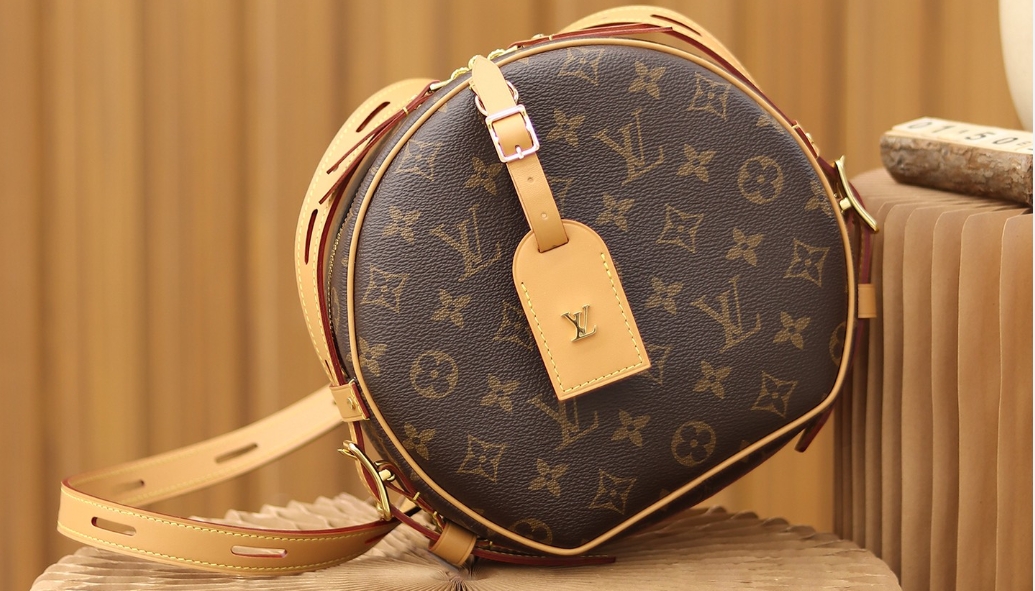
✅ B. Pricing Strategy
No, you shouldn’t join a race to the bottom. But let’s face it — price impacts conversion.
Here’s what you can do instead:
Work directly with reliable suppliers, not middlemen.
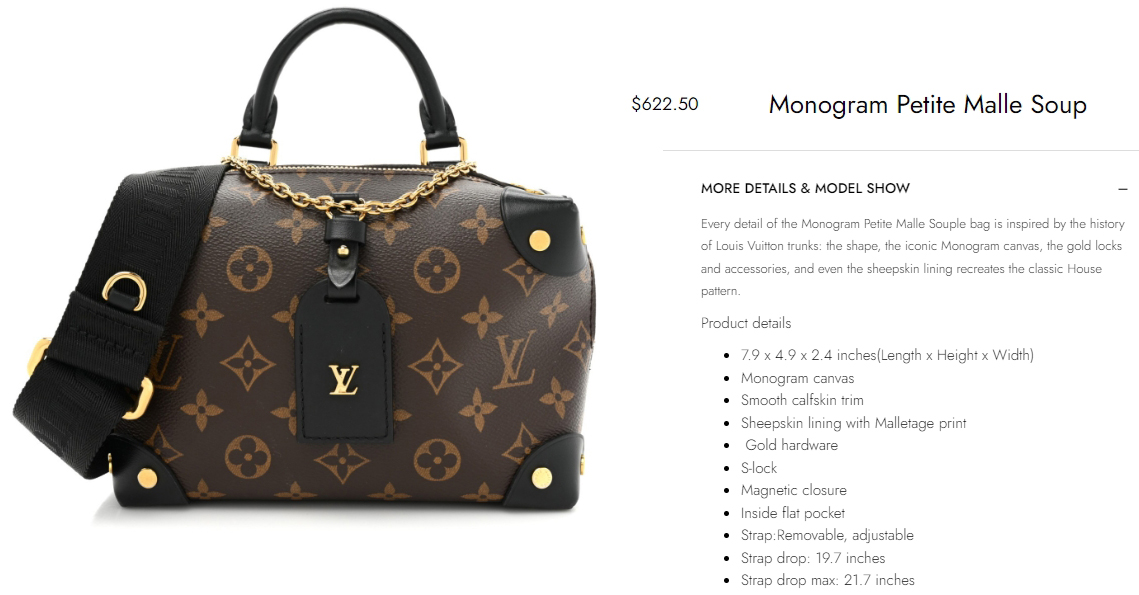
Show value — Use ultra-clear images and real product shots to justify the price.
Stay competitive — Even in the designer-inspired space, pricing must feel fair.
Use smart promos — Offer time-limited discounts, low-threshold coupons, or free shipping to nudge the hesitant shopper.
✅ C. Trust Signals
Include:
Reviews (yes, even self-generated if needed)
Buyer photos
Clear shipping/return policies
Secure payment options
Make your site look legitimate, even if it’s niche.
✅ D. Checkout Flow
Simplify the process:
Allow guest checkout
Use one-page checkout
Remove unnecessary steps or pop-ups
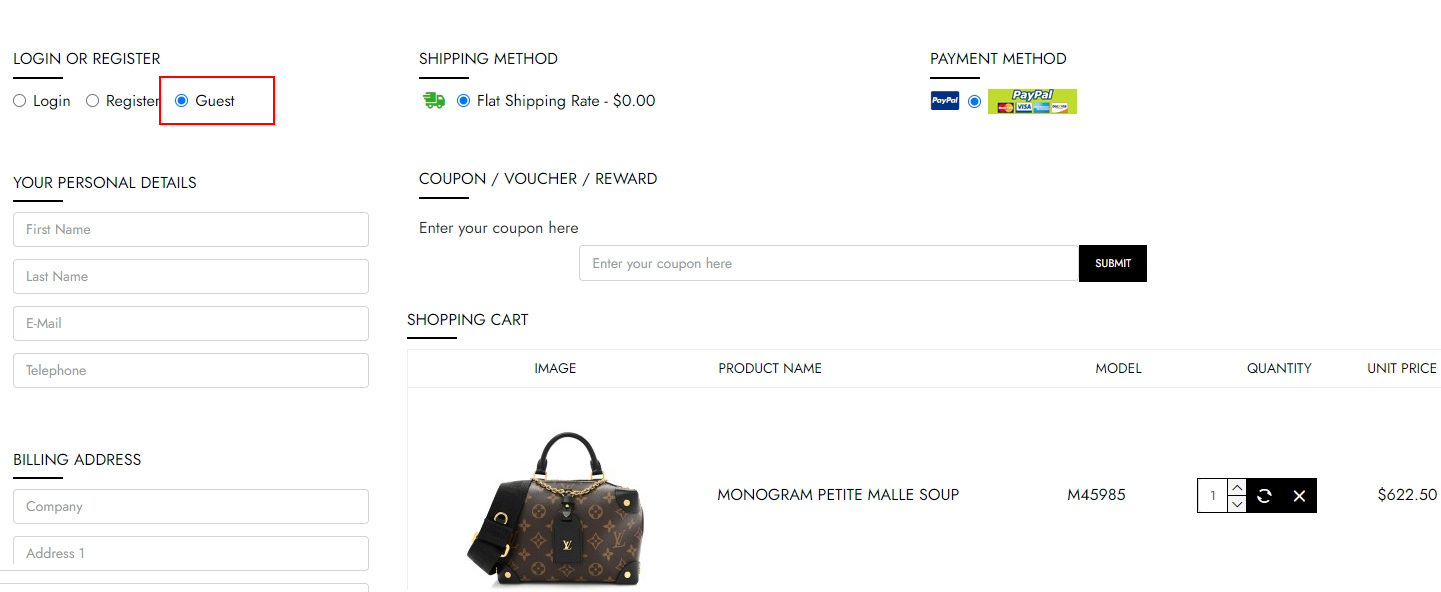
✅ E. Site Aesthetics
Even if you’re not aiming for a luxury UI, at least make it polished and professional.
If you’re selling bags inspired by high-end brands, your site should reflect a similar vibe — clean fonts, clear layouts, and confidence in presentation. Templates from most custom site builders today are powerful — use them well.
Step 2: Upgrade Your Traffic & Ad Strategy
✅ A. Go Beyond Add-to-Cart Events
You MUST track:
Checkout initiated
Payment submitted
Purchase completed
Analyze drop-off points from cart to checkout. Also, Facebook ad data tends to inflate — use Google Analytics with custom events to get real accuracy.
✅ B. Use the Iteration Method for Ad Scaling
When targeting is unclear, use the iterative funnel:
Start with broad “purchase” objective campaigns.
Accumulate pixel data.
Duplicate and narrow down — move from “Add to Cart” to “Initiate Checkout” to “Purchase”.
Optimize progressively at each level.
This builds a data-driven audience, layer by layer.
In Summary
Your conversion rate is not held back by ads alone — it’s the entire ecosystem:
Product demand
Landing page design
Pricing logic
Checkout flow
Customer trust
Tracking & iteration
In the designer-inspired industry, data trumps assumptions. Success comes when you treat each step — from ad to checkout — as a piece of a tightly woven system.
Stay focused. Watch the numbers. Improve continuously.
And remember: real profits don’t come from “add to cart” — they come from “paid”.

